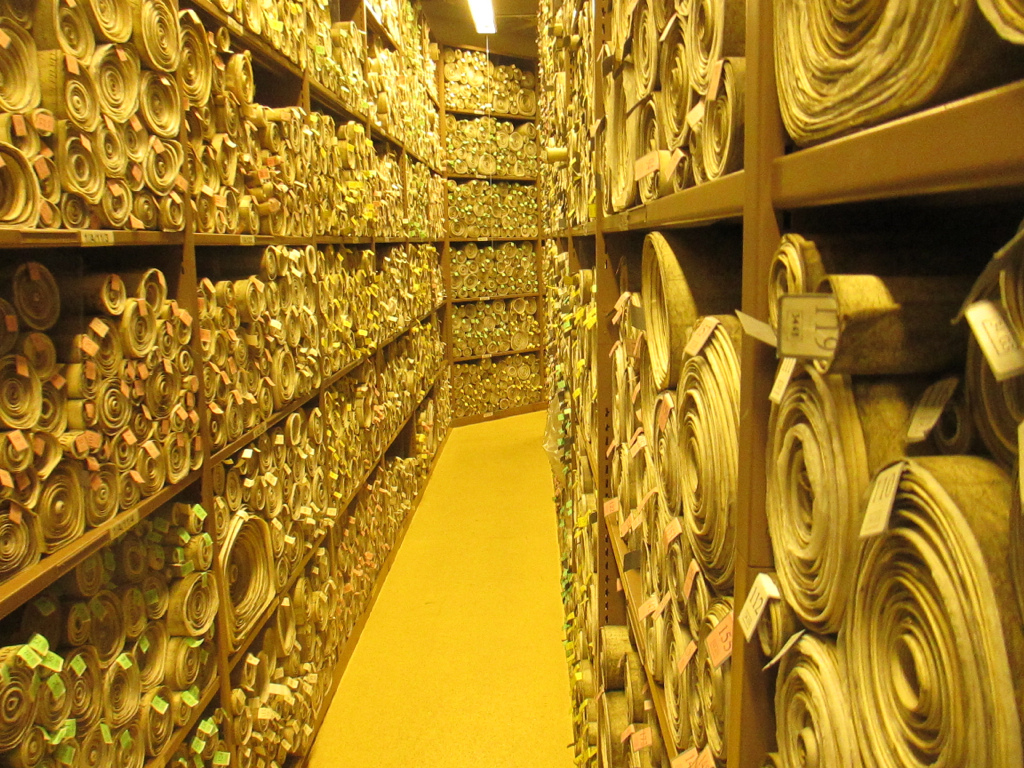Content, content, content. Quality travel content is in hot demand. Google is constantly on the hunt for it and so too are social media users. But how can you generate quality content day after day, week after week, month after month? When faced with a blank screen and — even worse — a blank mind, the prospect can be a little daunting.
What will I write about now? What will resonate with readers? As professional travel writers, these are questions we ask ourselves regularly. Letting the idea bank run dry is simply not an option. Nor is waiting for creativity to strike because, as any writer will attest, inspiration is nothing if not tardy.
Fortunately, there are ways and means of keeping content flowing and combating the dreaded content drought. Drawing on the broad experiences of our expert travel writers at World Words, we’ve come up with six tried-and-tested techniques that will help you generate fresh and engaging content ideas. Wave writer’s block goodbye…

1. Make an editorial calendar
Make an editorial calendar and schedule in strict publishing dates. Sometimes the mere threat of an impending deadline — even if self-imposed — can focus your attention and spur on ideas. You should make a habit of using the calendar to earmark important dates, events and anniversaries that may make a good hook for a travel article.
Leisure travel is a seasonal industry with high and low seasons that vary depending on the destination and — crucially — its weather. Armed with the knowledge of when leisure travel is peaking or spiking and among whom (i.e. families during school holidays), you can pre-plan timely articles.
2. Keep an ideas list
Some days, you have more ideas than you could write in a decade. Other days, nada. This is why you must strike while the iron is hot. When your creative juices are flowing, don’t stifle them or even waste time questioning the validity of your ideas. There will be plenty of time to poke holes in them in due course. For now, just write them down. These are, initially, for your eyes only – simply an aide-mémoire. They can be refined and pitched later.
Ideally, you’ll keep them all in one place, in a single spreadsheet or document rather than on various napkins and scraps of paper. You can also add any not-quite-right ideas from the past or any rejected pitches that could be revamped. If you can get yourself into the habit of doing this, you’ll find that you’ll soon have a catalogue full of ideas to look back at when you need it most.
3. Use social media
Scroll through your Twitter and Facebook feeds and see what the people you follow are talking about. This is a good way to keep a finger on the pulse of the travel industry. Look out for trending topics, which may be a source of inspiration, or search popular hashtags to see what topics are being talked about and what is being said about them. Or go one step further and get involved in the conversation. Only by speaking to others can you find out what travel topics people want to know more about.

4. Revisit your older work
Take a trip down memory lane through the archives. Start by re-reading your most popular travel articles — the posts that still manage to draw in new readers long after they’ve been published. See if there is something you could expand or elaborate on. If there are parts of it you feel are outdated or stale, then it may be worthy of a follow-up article. Remember, the world of travel moves fast and few places or processes remain in stasis, so there is always something new to report on. If your articles are online, it’s worth looking at the comments section too, where responses may spark new ideas.
5. Look inward
Too often when writers are trying to think up new ideas, they restrict themselves to topics they know extremely well. But every now and then, it’s worth looking inward and thinking about what you don’t know. Is there a travel question that’s been niggling at you? Is there something, somewhere or someone you don’t quite understand? What do you want to know more about?
If a particular issue has you searching for answers, chances are there are others out there who would like to find out more. So get out there, get researching and plug your knowledge gap, then relate the findings.
6. Leave your laptop behind
This is the same concept as tip number three, only it involves real life rather than social media. Get out from behind your laptop and get living. Listen, observe, take part, converse. Try to find out what people are doing, what they are talking about, where they are going, where they want to go, what’s holding them back. Chat to people. Or even eavesdrop… sometimes you can become too immersed in the black hole of your own mind and hearing what other people have to say on a topic can open you up to new ideas.
So there you have it — six of our top tips for how to keep your travel content flowing. Have you any other foolproof methods for coming up with quality content ideas? What techniques or tricks work best for you? Share your ideas with us on Twitter and keep an eye on our blog for more upcoming travel writing advice.
—
This article was originally published in February 2015 on the World Words site. Image credits: Tapping a Pencil CC image courtesy of Rennett Stowe (Flickr); Archives CC images courtesy of Matt Brown

Great article Mandy. Four months into living, working and travelling full-time in our motorhome, we are building up momentum for turning our experiences into a business passion. So content is really important for us. Thanks for the inspiration.